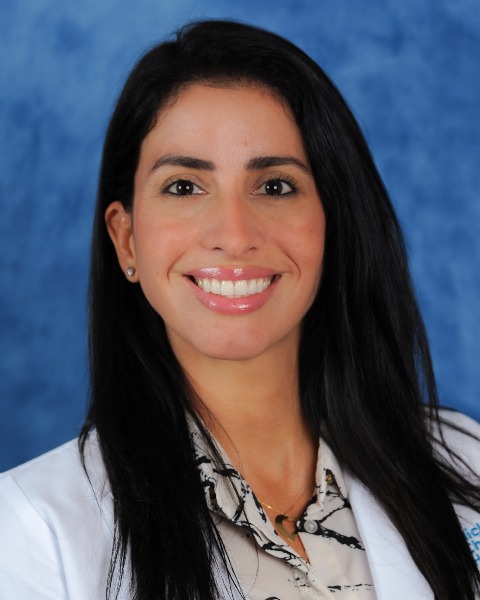Orthodontics
353 - Orthodontic Services for the Pediatric and Medicaid Patient Population by Non-Orthodontists


Natalia Vazquez Marrero, DMD (she/her/hers)
Pediatric Dental Resident
Nicklaus Children’s Hospital, Miami, FL
Nicklaus Children's Hospital
Key West, Florida, United States- OA
Oscar Arevalo, DDS, ScD, MBA, MS
Program Director
Nicklaus Children's Hospital
Doral, Florida, United States
Presenting Author(s)
Program Director(s)
Background: This study examines the practice characteristics, service provision, and barriers faced by general and pediatric dentists in the provision of orthodontic care to the pediatric population.
Methods: A 31-item questionnaire was emailed to members of the Academy of Gp Orthodontics (AGpO) and the American Orthodontic Society (AOS). The survey gathered information about members' practice profiles and orthodontic services provided to the pediatric population.
Results: Thirty-five (n) practitioners, 6%, completed the survey. Most respondents were general dentists, 83.8%, male, 62.2%, with a mean age of 53 years old. Most practitioners were located in suburban areas, 47.2%, with 86.5% integrating general dentistry and orthodontics. All respondents served children. Time dedicated to orthodontic services varied, with the majority, 54.1%, allocating 10 - 25% of their practice time to such treatments. Most respondents, 81.1% referred cases to orthodontists, averaging 1-5 referrals per month. The most commonly referred cases included Cl III malocclusion, 73.5%, and open bites, 58.8%.
Only 24.3% of respondents provided orthodontic services to children enrolled in Medicaid. Major reasons for non-participation included low reimbursement rates, 37.5%, difficulty with billing, 31.3%, and patient non-compliance, 21.1%. Post-COVID-19, service volumes for orthodontic care increased for 52.9% of practitioners, with suburban practices reporting the most significant growth.
Conclusion: General and pediatric dentists increase access to orthodontic services by evaluating, rendering direct care and referring to orthodontists. Barriers to care were significant, particularly for the Medicaid patient population. These findings underscore the need for policy reforms to address financial and logistical barriers in orthodontic care, particularly for underserved populations.
Identify Supporting Agency and Grant Number:

.jpg)